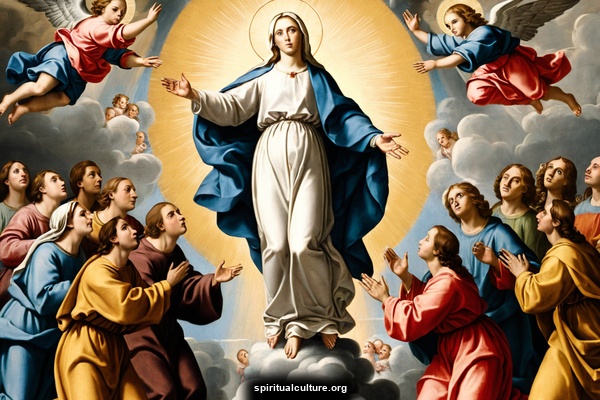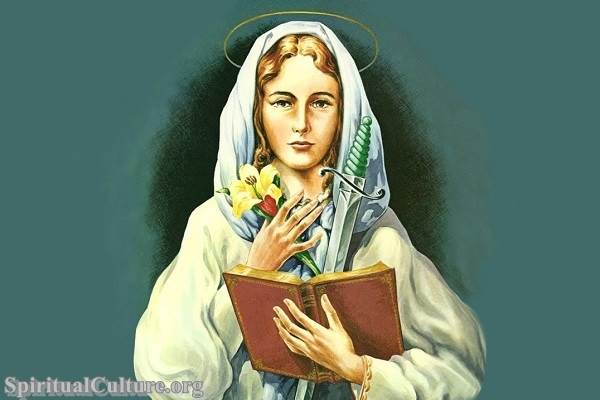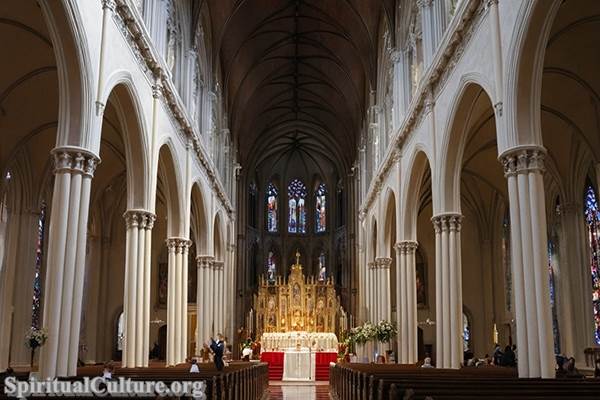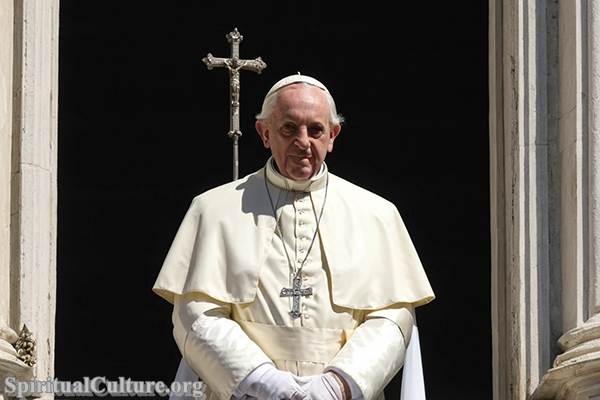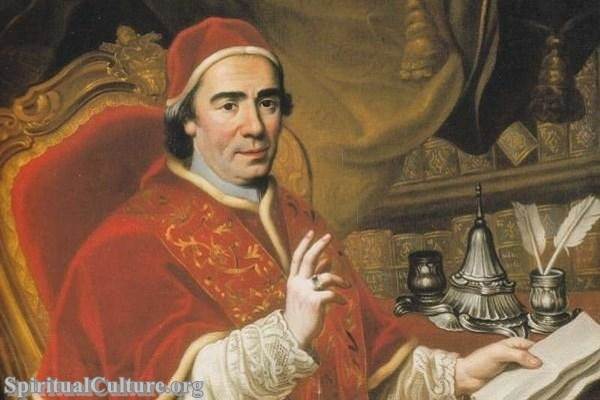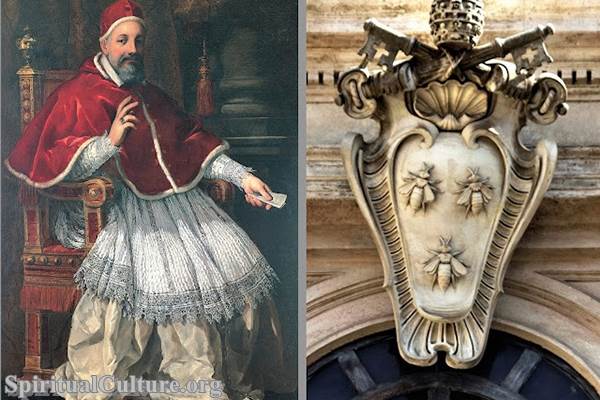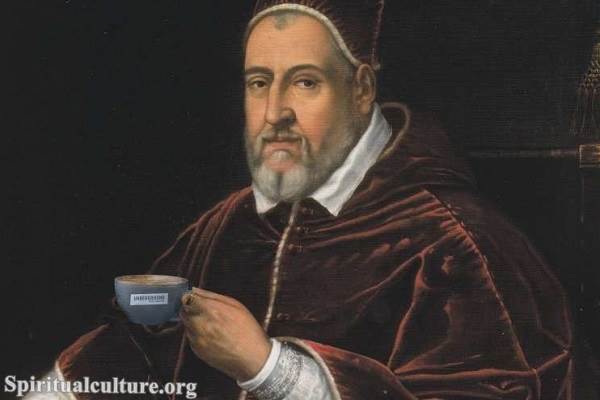Pope Clement VII, born Giulio de’ Medici, was an influential figure in the history of Catholicism. He was the head of the Catholic Church and ruler of the Papal States from 1523 until his death in 1534. His papacy was marked by political and religious turmoil, including the Sack of Rome and the initiation of the Protestant Reformation. Despite these challenges, Pope Clement VII left an indelible mark on the Catholic Church and played a significant role in shaping the religious landscape of the time.
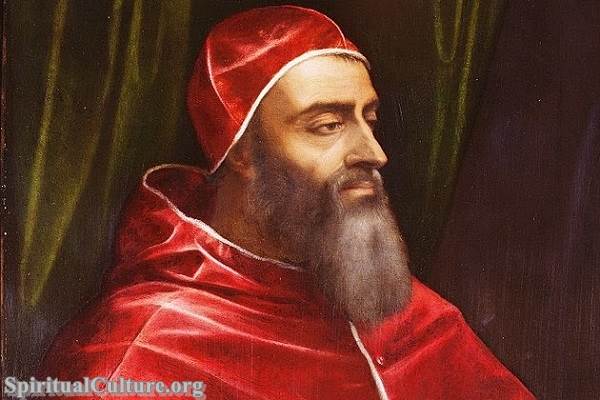
Pope Clement VII (1478-1534)
Catholicism during the time of Pope Clement VII
During Clement VII’s papacy, Catholicism was the dominant religion in Europe. The Pope was not only the spiritual head of the Church but also a significant political figure. However, this era was marked by a great deal of religious unrest. The Protestant Reformation, initiated by Martin Luther in 1517, was gaining momentum and challenging the Pope’s authority and the Catholic Church’s doctrines. This was a time of great upheaval and change within the Church, and Pope Clement VII found himself at the center of these tumultuous events.
Catholic Church under Pope Clement VII
Pope Clement VII’s reign was marked by political intrigue, warfare, and religious strife. He was known for his political manoeuvring, often allying with and against various European powers to maintain the Church’s political and religious authority. One of the most significant events of his papacy was the Sack of Rome in 1527, when the Holy Roman Emperor Charles V armies brutally attacked the city. This event was a major blow to the prestige of the Papacy and marked a low point in Clement VII’s reign.
In terms of religious leadership, Pope Clement VII faced the growing challenge of the Protestant Reformation. He was initially slow to respond to this threat, hoping to reconcile with Martin Luther and his followers. However, when this proved impossible, Clement VII excommunicated Luther and declared his teachings heretical. Despite this, the Reformation continued to spread, leading to a significant schism within Christianity and the establishment of Protestant churches.
Despite these difficulties, Pope Clement VII also made significant contributions to the Catholic Church. He was a patron of the arts and commissioned many works from artists such as Michelangelo and Raphael. He also initiated the construction of the Medici Chapel in Florence, which remains a significant architectural and artistic landmark today.
Legacy of Pope Clement VII in the Catholic Church
Pope Clement VII’s legacy within the Catholic Church is complex. On the one hand, his papacy was marked by political and religious turmoil, and his inability to halt the Protestant Reformation was seen by many as a failure of leadership. On the other hand, his patronage of the arts contributed significantly to the Renaissance and left a lasting cultural legacy.
In terms of Catholic doctrine, Pope Clement VII is perhaps best remembered for refusing to grant King Henry VIII of England an annulment of his marriage to Catherine of Aragon. This decision led to the English Reformation and the establishment of the Church of England, which is separate from the Catholic Church.
Conclusion
Pope Clement VII was a pivotal figure in the history of Catholicism. Significant political and religious upheavals marked his papacy. Despite these difficulties, he left a lasting legacy within the Catholic Church and played a key role in shaping the religious landscape of Europe. His life and reign provide a fascinating insight into the complexities and challenges of leading the Catholic Church during one of the most turbulent periods in its history.

